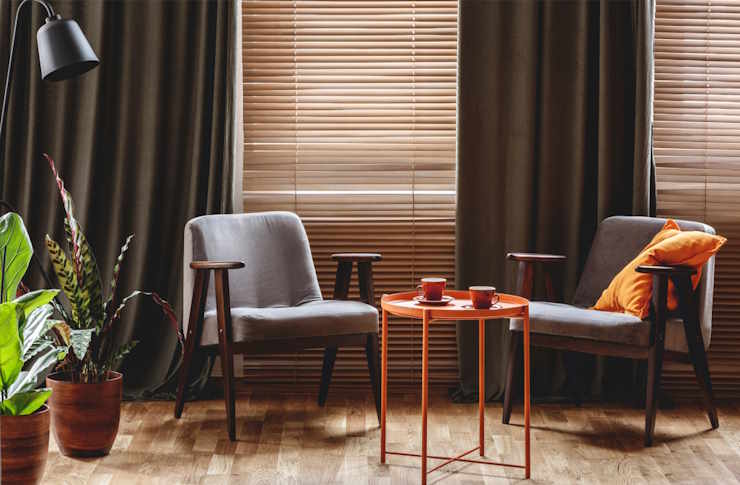Understanding the Rising Popularity of Mixed-Use Properties in Urban Landscapes
Introduction: In recent years, an interesting trend has emerged in the urban real estate market: the rise of mixed-use properties. Combining residential, commercial, and sometimes even industrial elements into a single development, these versatile properties are reshaping our cities. Let's delve into the history, market trends, and potential impacts of this innovative real estate strategy.

The Backstory of Mixed-Use Properties
Mixed-use properties are not a new concept. In fact, they were commonplace in the pre-industrial era when people lived above or near their places of work. However, the rise of suburban living and zoning laws in the 20th century pushed residential, commercial, and industrial sectors into separate areas. Fast forward to the 21st century, and we are witnessing a re-emergence of mixed-use properties. This resurgence is driven by urbanization trends, changing consumer preferences, and a desire for more sustainable and pedestrian-friendly environments.
The Current Market Trends
The demand for mixed-use properties has been steadily increasing over the past decade. According to a report by the Urban Land Institute, 80% of real estate developers and investors expect to increase their involvement in mixed-use projects within the next five years. This trend is particularly pronounced in urban areas, where land is scarce and expensive. By combining different uses in a single development, property owners can maximize their return on investment.
The Mixed-Use Strategy: Advantages, Challenges, and Impact
One of the primary advantages of mixed-use properties is their ability to provide a variety of amenities within a short distance. This convenience appeals to urban dwellers, particularly millennials and Gen Z who favor walkable neighborhoods. Mixed-use developments also create a sense of community, fostering interaction among residents, workers, and visitors.
However, mixed-use developments come with their own set of challenges. They require careful planning and design to ensure compatibility between different uses. Zoning laws can also pose a hurdle, as not all cities have updated their regulations to accommodate mixed-use properties.
The impact of mixed-use properties is multifaceted. For buyers, they offer a diverse range of options and amenities in one location. For sellers and investors, they promise higher returns due to their versatility and demand. For cities, they promote sustainable development by reducing the need for commuting and encouraging walkability.
Research-Backed Financial Insights
A study by the Real Estate Research Corporation revealed that mixed-use properties tend to have higher rental rates and lower vacancy rates compared to single-use properties. The study also found that mixed-use properties hold their value better during economic downturns, making them a potentially resilient investment strategy.
Making Complex Real Estate Concepts Digestible
In conclusion, mixed-use properties represent an exciting avenue in the ever-evolving real estate market. They blend old and new, residential and commercial, convenience and community - all within a single development. As with any investment, understanding the advantages, challenges, and potential impacts is crucial. Keep an eye on this space as it continues to reshape our urban landscapes.






